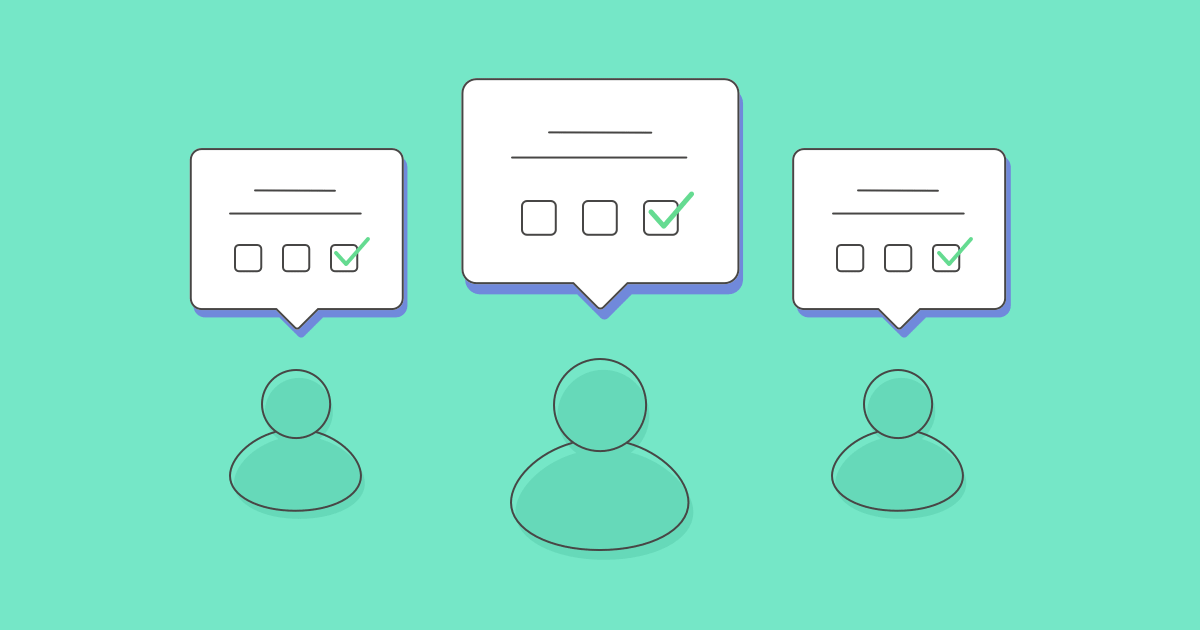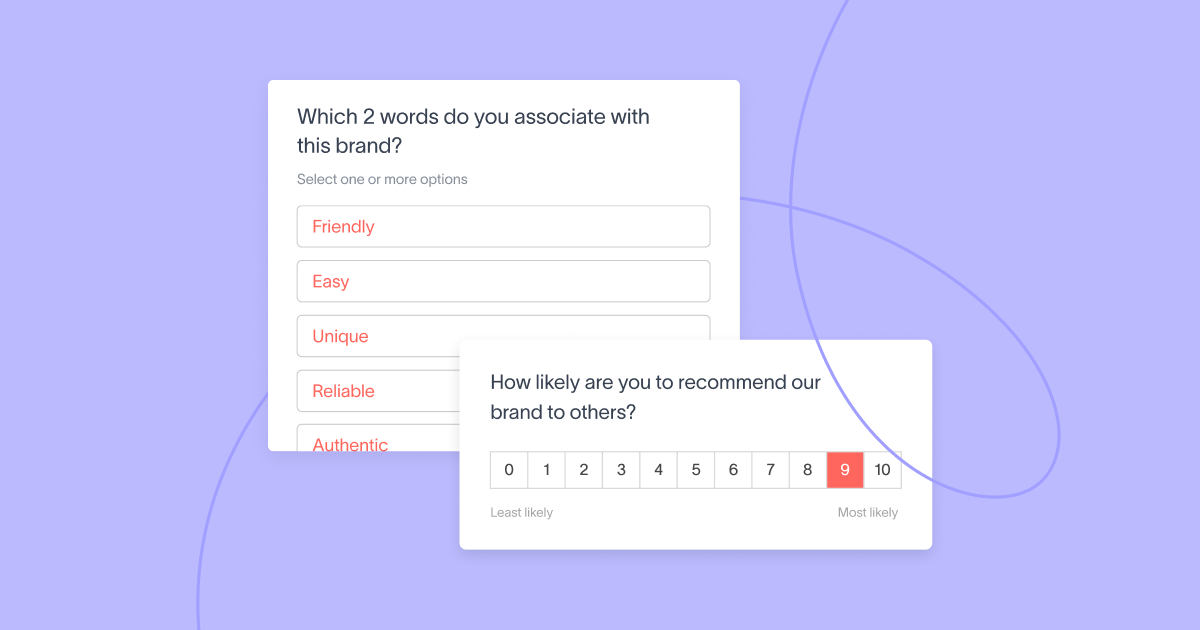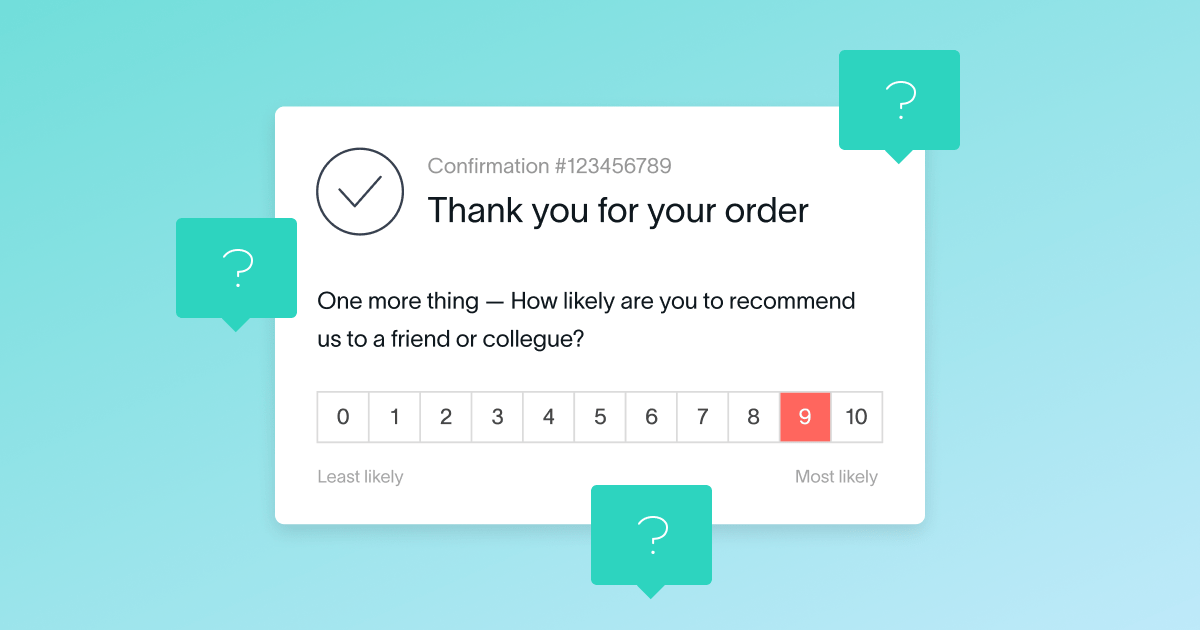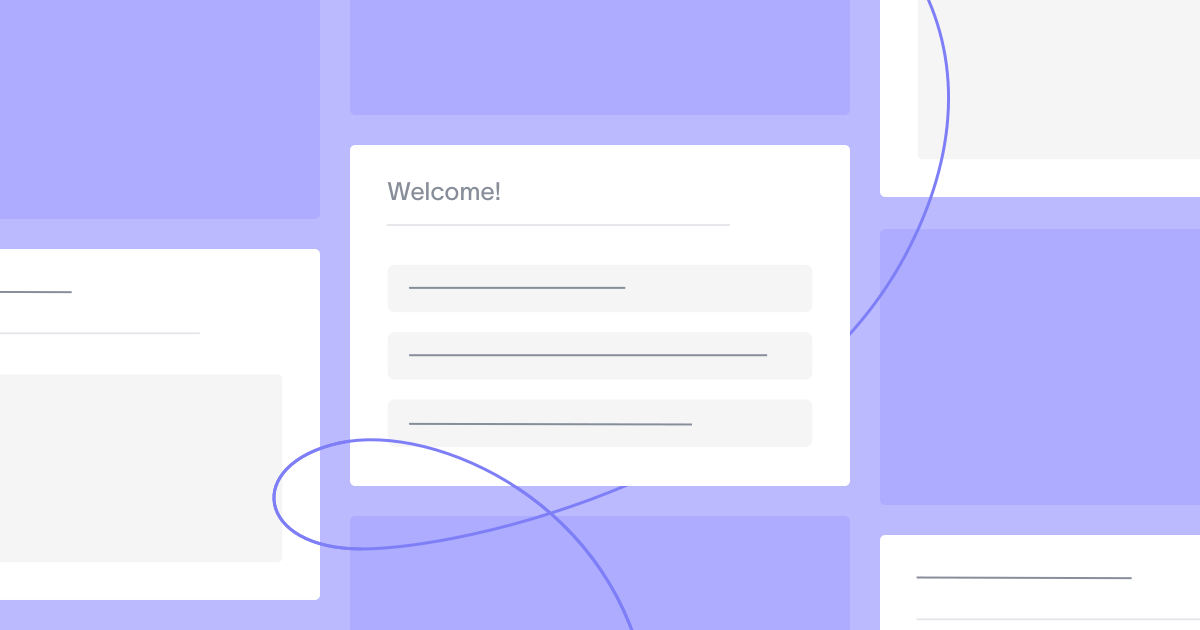Collecting and analyzing survey data is critical for pinpointing where you can improve your business. It’s encouraging to see a high number of positive responses, but what if some of those positive statements are unconsciously biased? What if some of your “yes” responses should actually be “no?”
The truth is, it happens often. And acquiescence bias is likely to blame.
When collecting survey data from customers, it’s important to do everything possible to avoid getting biased answers. When you count on customer feedback for actionable insights, biased answers will cause you to take the wrong actions – and taking the wrong actions can have serious consequences for your business.
Acquiescence bias is one of 7 notable biases that can skew your survey results and give you a misguided representation of which parts your business can and should improve.
In this post, we’ll take a closer look at the definition of acquiescence bias, why it occurs, and the strategies to help you prevent it within your customer feedback program.
What is acquiescence bias?
Acquiescence bias is the tendency for individuals to agree with a statement versus expressing how they truly feel. A type of response bias, acquiescence bias occurs in survey research when respondents simply agree with survey question statements instead of providing their own unbiased views or opinions.
In other words, acquiescence bias is the “yes” bias that leads people to be agreeable and affirm statements, even when the statements aren’t true for them.
Survey results colored by acquiescence bias will result in business leaders making misinformed business decisions. Staffing decisions, purchase decisions, and feature changes (or lack thereof) are a few examples of important decisions that can be influenced by biased survey results.
Why does acquiescence bias occur?
Although it seems hard to believe someone would be agreeable when that isn’t their true experience, the phenomenon is quite common and can occur due to a number of factors.
“Societal norms and survey fatigue are a couple of factors that lead to acquiescence bias. It’s easy to say “yes” out of politeness, even if it’s untrue. If you stack a long or complicated survey on top of that, folks could get tired of giving thoughtful responses, and just default to positive answers to get through the questions.
Note that these norms will vary by country. In some places, people may avoid giving ratings that are too harsh or too positive, and tend towards more average scores all the time.”
The 7 types of sampling and response bias to avoid in customer surveys
Survey design can influence acquiescence responding
Survey respondents don’t usually provide biased answers on purpose. One contributing factor for biased answers can be a survey’s design (the types of questions, the survey’s length, etc.) that produces an unconscious influence over the respondent.
For example, if your survey process is complicated or you ask questions that are unclear, your customer’s survey fatigue can cause them to click on a positive answer without them reading the question.
Or, perhaps you haven’t provided detailed answer options that align with their true opinion. For example, you might get acquiescence bias when “yes” and “no” are the only options to answer the question, “Are you happy with your purchase?”
Without providing enough levels of nuance for respondents to choose from, they may feel as though they have to choose from opposing pairs because their true answer is not a provided option.
How to avoid acquiescence bias in your survey results
Now that you know more about acquiescence bias, here’s what you can do to prevent your survey results from being colored by this unconscious bias.
1. Make your surveys short, easy, and fast
As mentioned above, survey fatigue is one of the biggest reasons you’ll generate acquiescence bias. A long, complicated survey will drive some people to answer positively just to get through the questions, especially if you’re offering a reward for people to finish.
Short and simple surveys will encourage your customers to provide truthful, thoughtful responses. Instead of creating a complicated survey, consider making your survey 3 – 5 minutes long with 10 questions at most.
By default, NPS (Net Promoter Score) and CSAT (Customer Satisfaction) surveys allow companies to rally around simple, straightforward metrics and an easy, fast survey experience to help boost the volume of truthful customer responses. Take a look at the full list of 8 customer survey templates that apply to the same logic of simplicity and ease.
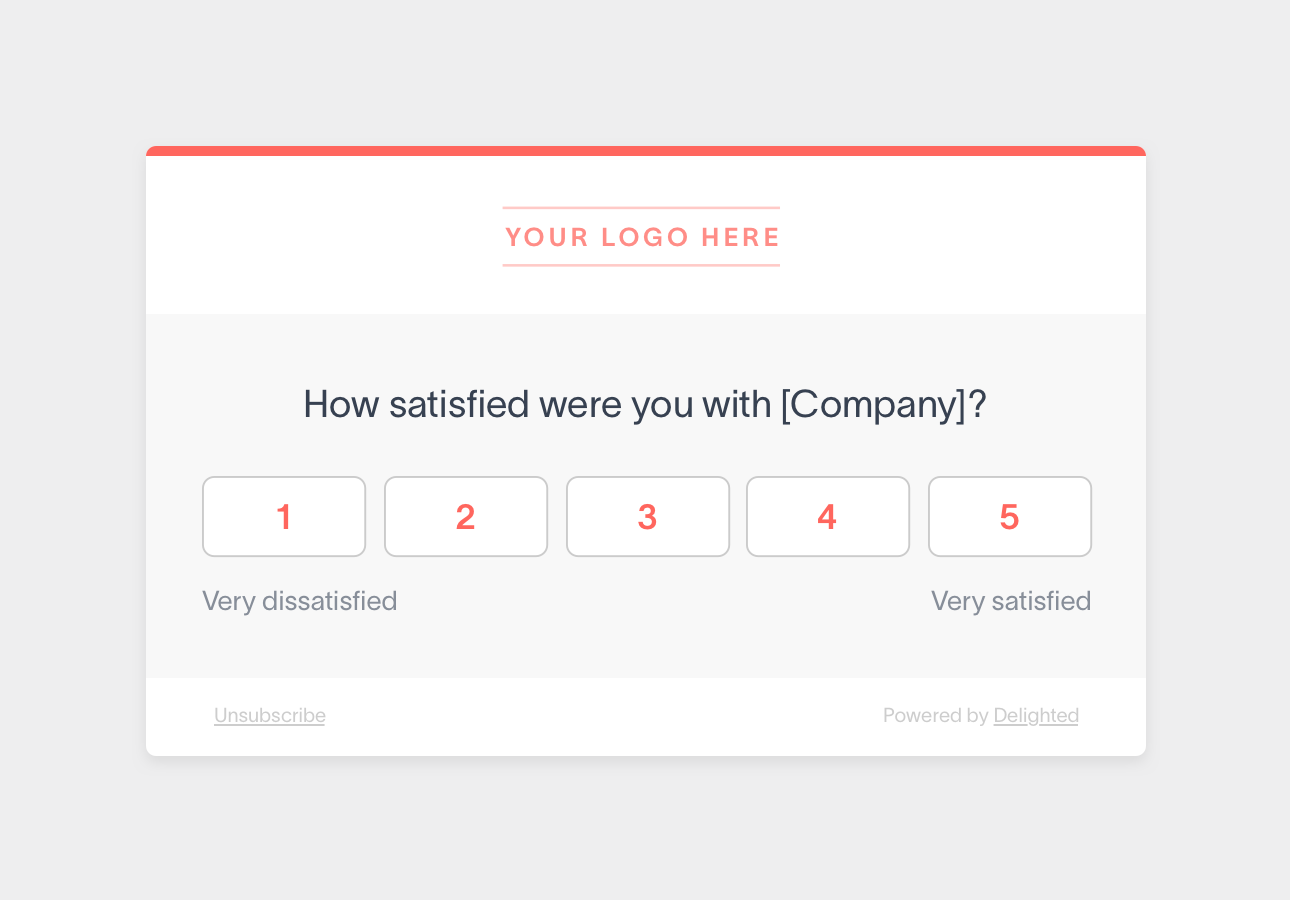
2. Use intentional language to form your questions and answers
The way your questions and answers are phrased matters. Ideally, you want answers that are specific and clear that won’t create the perception that the respondent is being judged for their answers.
Avoid using questions that might make people feel like a negative answer is shameful, disgraceful, or hurtful. To counter this, go out of your way to let respondents know that you value honest feedback, especially feedback concerning what needs to be improved.
Do your best to inspire people to share what isn’t working for them. Make it clear that constructive criticism is what makes positive business changes possible. You can even make your survey anonymous and let your customers know that their identity is protected, from the very beginning, to encourage honest answers.
3. Use free-form text boxes in addition to scales and multiple choice questions
When respondents aren’t provided with answer options that fit their exact experience, they’re likely to answer positively – even when their experience was slightly negative. This is why multiple choice and response scale questions found in Net Promoter Score, Customer Satisfaction Score, or even Customer Effort Score surveys are ideal. Customers are provided a numbered range (Not likely – Very likely, Very dissatisfied – Very satisfied, Strongly disagree – Strongly agree) that allows them more flexibility to choose across a range of sentiments.
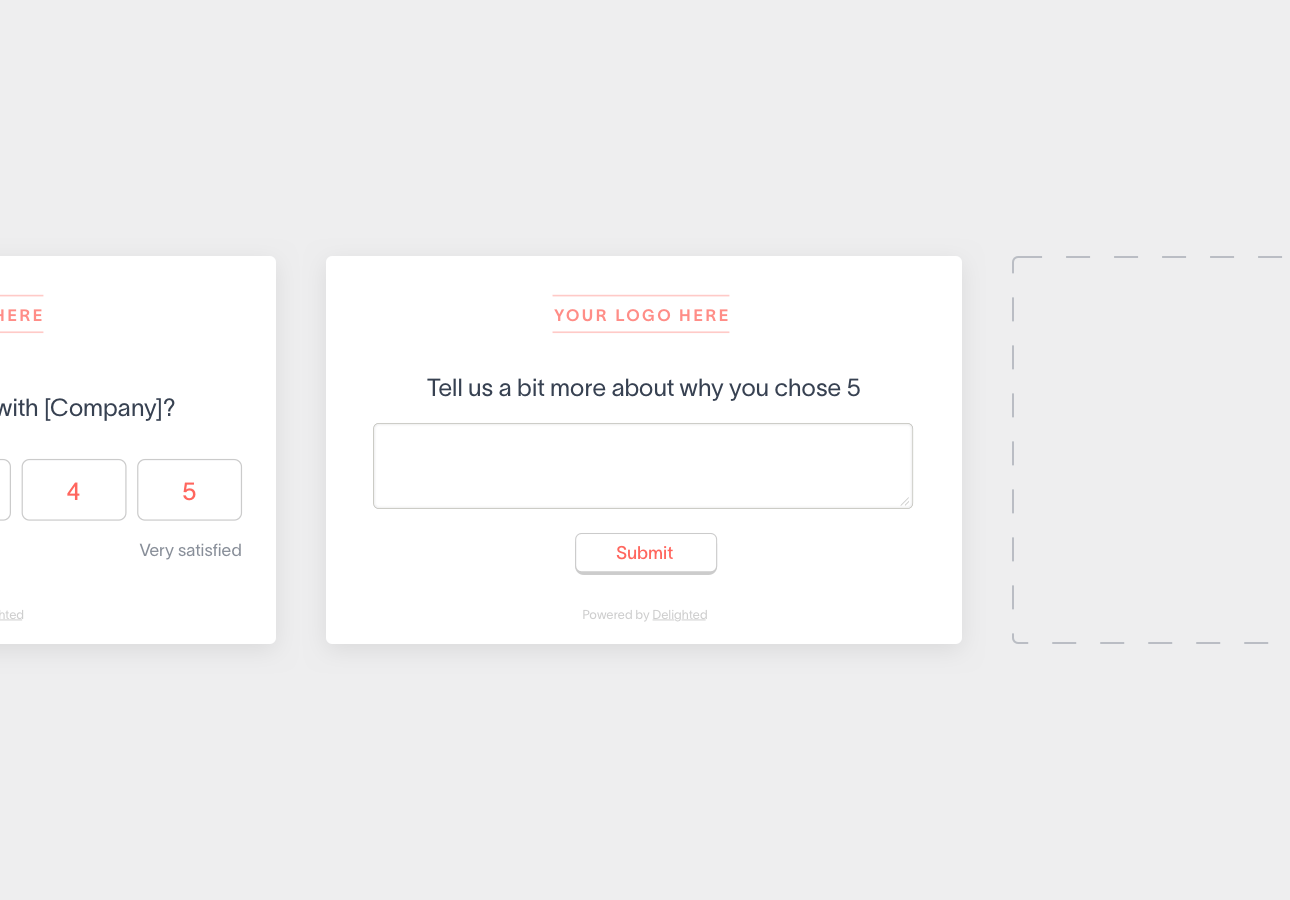
Free-form text boxes at the end of a survey allow customers to share specific thoughts and experiences that weren’t covered by the previous questions.
Open-ended feedback is critical for generating detailed actionable feedback. You can then use the verbatim insights found in real-time reporting to develop product roadmaps, processes, or high-level organizational action plans.
4. Avoid leading questions
Leading questions subjectively sway respondents to answer in a specific manner, leaving you with inauthentic feedback. An example of a leading survey question might be something like, “When did you first realize you loved our coaching program?”
This question presumes the respondent loves the product (a coaching program). If the survey is a multiple choice question, then with his leading presumption, people who didn’t love the coaching program will be likely to choose any answer just to finish the survey. With no choice that fits their actual experience, the respondent is forced to provide an inaccurate response.
Avoid questions that tell your customers what they’ve experienced. Make your questions objective, even if it means not using creative phrases.
Avoid acquiescence bias with Delighted surveys
If you’re ready to start collecting objective customer insights you can use to grow your business, Delighted customer surveys can help. Customize and send your first surveys to leads, customers, or your employees through email, on your website, in your mobile application, or with a simple link.
Don’t let acquiescence bias convolute the constructive criticism you need to make your business great. Sign up to experience Delighted at no cost to you.



